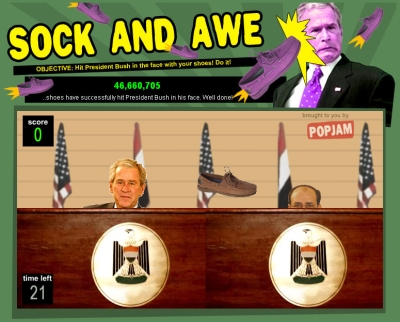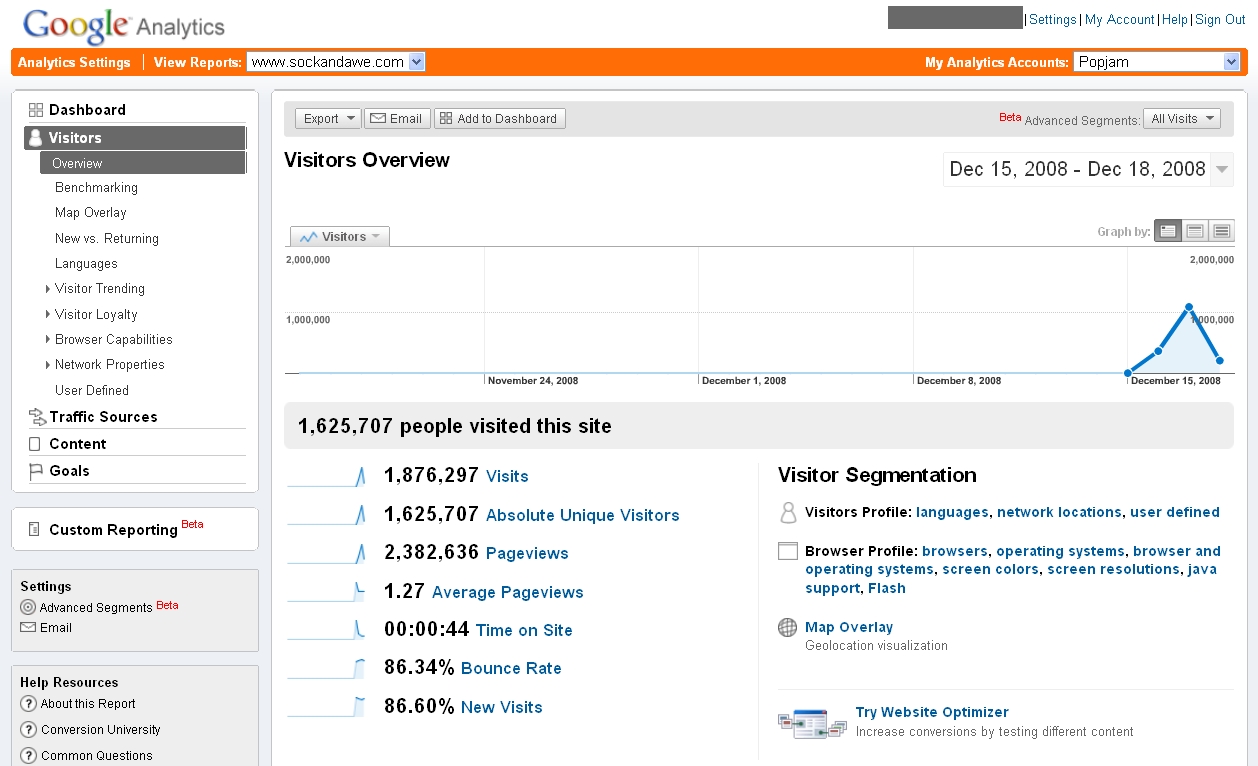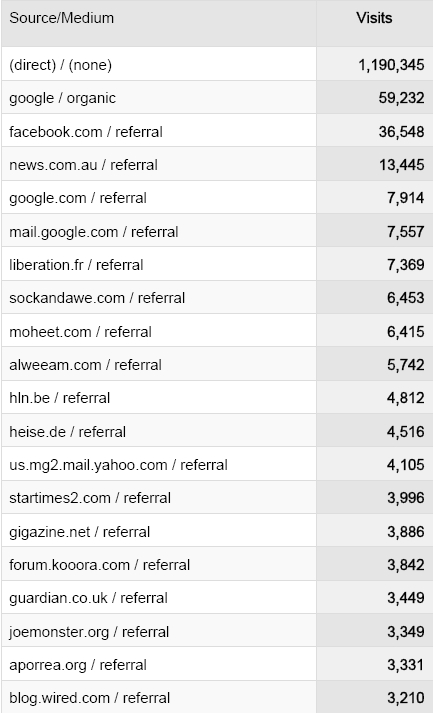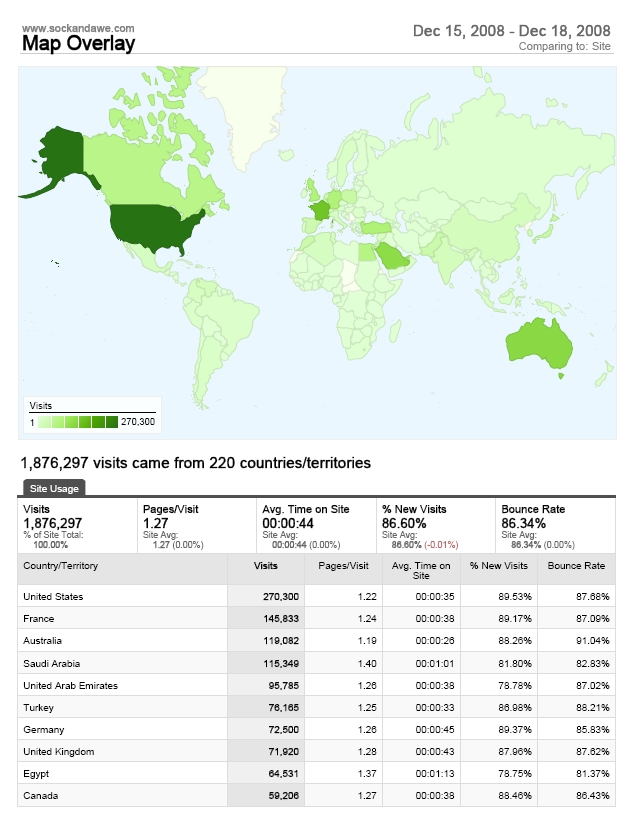
Have you tried Spotify yet?
Tucked away in today’s post on Spotify’s own blog is a file listing newly included recordings by some of my favourite labels and artists.
Labels represented on the list today include: Rough Trade, Poker Flat, XL, Rhino/Elektra, ECM, Universal, Pressure Sounds and more…
Artists on the list from today include: Stereolab, Antony & The Johnsons, Evan Parker, Basement Jaxx, Ray Charles, Si Begg, Elvis Presley, Henry Mancini, Ozzy Osbourne and loads more…
While I write this, I’m listening to a very timely collaborative playlist of snow-related songs. Thanks to @radioedit for that tip-off. I just added “Winter Sadness” by Kool and the Gang for anyone else who’s listening to it.
OK, so what’s Spotify? Rather than rehash what stacks of articles and blog posts are saying, I can recommend Chris Salmon’s introduction to the music streaming service from the Guardian and Rhodri Marsden’s early peek last year from the Independent.
My angle on Spotify? I used to run a label fulltime. It was my business to find revenue streams for recordings and artists. Spotify should be tremendously exciting for anyone in that position now. I still have good ties with the music industry. (I help people with blogging, social media and how to promote on the web without being annoying or spammy.)
The music business is very often criticised – sometimes fairly and sometimes unfairly – for being slow to take advantage of new distribution methods. Of course, when people say “music business” here they really mean the “record business”, which is a subset of it. Now, let it not be said that any of these labels has been backward in signing up for Spotify. It feels like we’re reaching a zone of mutual agreement where everyone’s happy – not only the people running the service and the fans, but the artists and labels as well. Merlin (which represents digital rights for many, many independent labels, often slightly overlooked by online music services) were happy to sign their deal with Spotify in September 2008.
If you are a band, record label or otherwise involved in the record business or music business in any way, make sure you try it. It’s all legal, licensed and legitimate. If you’re in the USA or one of the territories not currently covered by Spotify, you have the right to feel left out.
You should be able to create a free account here. (It doesn’t appear that you need an invitation at the moment. As far as I can see, that was clever marketing – creating an impression of scarcity and bestowing users with a limited number to pass on to their friends.)
Barring any mishaps, this is a future of music distribution. Notice I said “a future” – it may not be the sole future, but if you’re a label you need to consider it and put as much time and energy into researching it as you would into being stocked on iTunes and other services. You’ll reach people who wouldn’t normally listen to your music. You’ll get money from Spotify as a direct result, as well as drawing attention to your other music activities, like your gigs and merchandise. Ask your digital distributor or aggregator about it.
People are comparing it with other music streaming services like Pandora and Last.FM. While Pandora was groundbreaking in popularising the track play rather than the track purchase, it had licensing problems leading it to withdraw from the UK. So that’s clearly no good. Last.FM has been well adopted by music aficionados and the tech savvy, but in my opinion needs to work to grow its user base beyond the “heads” and keep all the labels happy, not just the major labels. Its distinctives are music discovery and tagging. (In fact you can scrobble your Spotify listening to Last.FM.)
Even YouTube is a fairly good celestial jukebox for many. Whether YouTube are actually paying rights owners or not is another question. My strawpoll of independent labels says ‘no’. YouTube are busy enough trying to get revenue for themselves.
That’s three examples of music streaming. On a technical level, to casual observers I’ve spoken with, Spotify doesn’t appear to be doing anything dramatically new. But I disagree. The streaming is flawless and uninterrupted. It’s as good as iTunes for sound quality. Importantly for me, the bass is rich and heavy. Hardcore audiophiles may grumble about the bitrate, but they always do – and they still have their cherished music formats.
The main technical reason why Spotify will explode is its SIMPLICITY. People thought iTunes or eMusic was instant gratification, but now you don’t even need a credit card. You just start streaming. The barriers to enjoyment are just non-existent. It’s actually easier to play your favourite album than to grab the CD from your shelf and load it into a drive! It feels somewhat indulgent. That simplicity is why it will win. That’s why it can compete with unlicensed peer-to-peer filesharing services. Take music on tap and make it even easier.
Later, you can delve into collaborative playlists and the like when you feel the need. You can deep link to a chosen lyric or favourite guitar solo, which will change music criticism and other writing for the better. In a music education or academic research context, your citation can include a hyperlink to the moment in the recording to which you’re referring. In turn this availability will continue to open up influences on people creating music. (Although this process did begin with the first version of Napster.)
For now people will continue to acquire music files by other means, often unlicensed and illegal. The Spotify catalogue is huge with many surprising inclusions from the majors, like U2, Madonna, Prince and Coldplay all represented. But there are gaps because of various rights issues relating to other artists. After a recent cull, The Beatles are only represented in cover versions. The same goes for Metallica and others. The precise catalogue listings vary depending on which country you are in, again due to contractual rights.
For their iPods and other portable players, fans will acquire music files because you also need internet access to stream music on Spotify.
But if Spotify can succeed in expanding the catalogue and porting the application to smaller devices, in tandem with public expansion of free wifi access, it will render the arguments about filesharer penalties totally irrelevant. Why would fans expose themselves to the malware risks and badly named or encoded files? Even the time-rich, money poor kids will agree with that.
The advertising seems very infrequent which is good for the user experience. I would say it’s roughly every 20 to 30 minutes. It feels odd to hear the advert transition into a track, which is an association I have with commercial radio – yet I’m listening to genres I like that are almost never played on commercial radio e.g. proper ambient, Welsh language music and dub.
A recurring advert which amuses me is the Energy Saving Trust because it’s a campaign part-funded by the UK government. This is surely the best use of public money for fun and culture since the Soviet Union’s nationalised record label Melodiya.
That said, there is a very small pool of ads so they’re not very targetted at the moment. I’m getting UK ads (which is relevant to me) but they include an ad for Lady GaGa’s new album – when I haven’t been listening to anything resembling that kind of music. That can be improved when more advertisers are on board. Besides, I can imagine music fans in their hordes falling in love with Spotify and opting to escape the advertising completely by signing up to the paid service. It’s a very reasonable 99p for one day or £9.99 for a month.
Last Friday I was invited to talk on a discussion panel in Cardiff hosted by Welsh Music Foundation. (Incidentally, thanks to them and to the other panel members, Dai Lloyd, Simon Rugg (Indie Mobile) and Mark Mitchell (King Harvest)). We had a very insightful discussion with a diverse audience of smaller and newer labels and bands. Not too many of them had heard of Spotify, which leads me to think it hasn’t quite tipped yet. But that will change.





